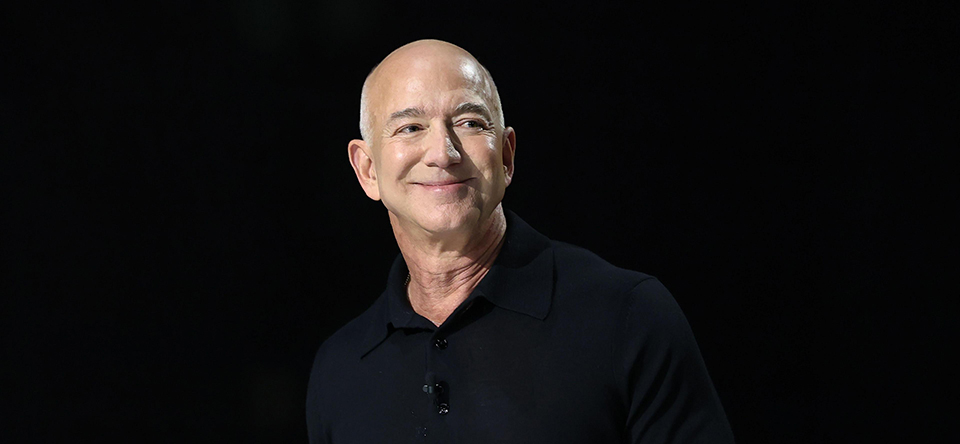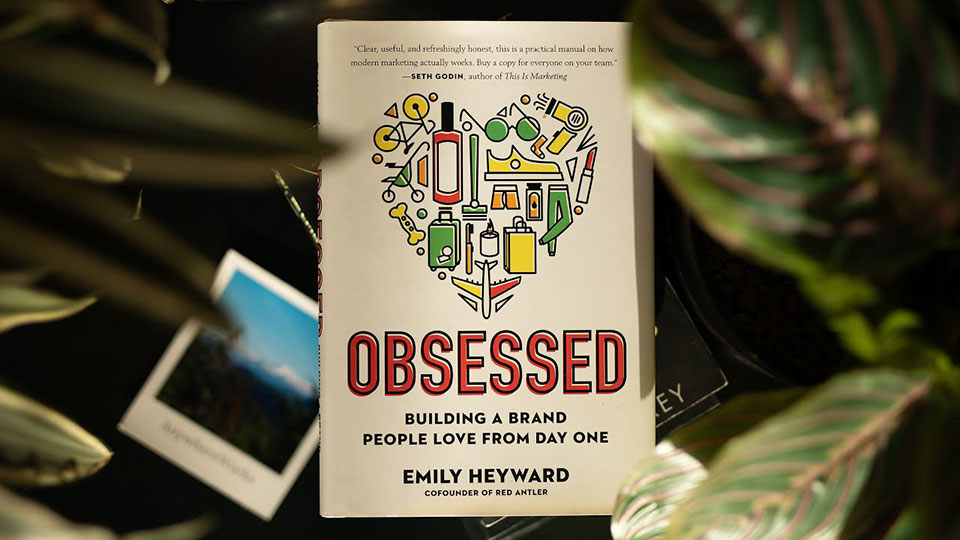Issue 021: How Groove Used Influencer Marketing to Get 535 Leads Without Spending a Dime, Jeff Bezos' 70% Rule for Making Smarter Decisions, and More

Welcome to Startup Blitz, a weekly newsletter full of timeless ideas and insights you can use in your online business.
👥 How Groove got 535 leads without spending a dime
✍️ Costly website messaging mistakes that hold startups back
🛍️ Jeff Bezos’ 70% rule for making faster, smarter decisions
🪙 How to create a brand that has people lining up from day one
Not subscribed? Learn more and sign up.
How Groove Used Influencer Marketing to Get 535 Leads Without Spending a Dollar

Groove is a customer helpdesk app. When the company was new, founder Alex Turnbull decided to start a blog to attract an audience and get leads.
Step 1: Build your influencer list
Step 2: Engage with them
Every content creator loves to know that their content is making an impact. So, engage with them. Leave thoughtful comments on their posts, share their content and tag them.
Step 3: Ask for feedback, not a favour
Ask if it’s okay to send them a link to your website. Most will say yes. Their feedback is valuable, and it also builds a real relationship.
Step 4: Launch with momentum
That’s how Groove landed 500+ leads in just one month. All without spending a dime.
If you follow this approach, you can do the same.
5 Costly Website Messaging Mistakes That Hold Startups Back

In a recent post on the MKT1 newsletter, startup adviser Allyson Letteri highlighted seven common website messaging mistakes that startups make:
1. Not enough transformation: When a website is just a long list of features with no clear promise of results, prospects think “so what?” Your ideal customers care a lot more about the change you’ll create in their lives than about your product’s technical details.
To fix this, show how your product helps customers overcome their challenges and reach a better outcome. Highlight the before-and-after, not just what your product does.
2. Not enough customer specificity: Many websites combine too many use cases and talking points, trying to appeal to a range of customer segments. This dilutes the messages and makes it harder for your ideal customers to see that your product is right for them.
To maximize conversion, your website needs to speak to one specific persona. Directly address a specific audience’s pain points, highlight appealing results, and overcome their concerns.
3. Not enough credibility: Many websites have lofty statements, unbelievable claims, and promises without credible proof points.
To fix it, include strong customer success stories, influencer endorsements, case studies, press mentions, awards, and any other third-party validation to increase your startup’s credibility.
4. Not enough personality: Too many websites sound like they’ve been copied and pasted straight from AI.
Your brand personality should come through in your tone of voice, the words on your website, and the descriptions of your value props and proof points. An authentic and unique brand personality goes a long way in differentiating your brand.
5. Not enough intrigue: You only have a few seconds to capture attention, and most homepage visitors bounce. This is often due to the website’s hero module not creating enough interest or intrigue.
You need to use captivating hooks throughout your messaging and website to motivate your audience to keep reading.
Letteri shares a few more insights in the full article. It’s worth checking out if you’re looking to create a high-converting website.
Jeff Bezos' 70% Rule for Making Faster, Smarter Decisions

If you follow it, it stops you from overthinking, delaying decisions, and stressing yourself out.
So what is the 70% Rule?
- 70% of the information you need
- 70% confidence
- 70% readiness
Why does it work?
Because it helps you start and finish tasks faster.
How do you apply it?
1️⃣ Do I have 70% of the information I need?
If yes, start now.
If not, ask: What’s one thing I can do to get closer to 70%?
2️⃣ What’s one small step I can take right now?
For example, instead of stressing over writing an entire report, start with an outline.
3️⃣ If I don’t start now, what problem will it cause?
Sometimes, a little fear is a great motivator. Visualise the consequences of procrastination.
📖 Book of the Week: Book of the Week: Obsessed by Emily Heyward

This week, I want to highlight Obsessed: Building a Brand People Love from Day One by Emily Heyward.
In the book, she provides an insider’s look at the creation process for some of today’s most popular new brands. She also shares what it takes to create a brand that has people lining up from day one.
Q: Why does it matter to people that their horses are slow?
A: “It takes me too long to get places and I can’t travel very far.”
Q: And why does that matter?
A: “I spend more time getting myself places than enjoying my life and accomplishing things.”
Q: And why does that matter?
A: “Because I’m going to die pretty soon and I have so much I need to achieve first! I can’t waste my short life on the back of this horse!”
“The why test always ends with fear of death! Fear of death is the indicator that you’ve reached the end of the “why” chain. That’s because everything we do as humans, whether we know it or not, is ultimately motivated by knowledge of our own mortality,“ Heyward writes.
Thanks for reading. I hope you have found at least some of these tips helpful.
Until next week!
You are receiving this email because you subscribed to Startup Newsletter. You can Unsubscribe from here.